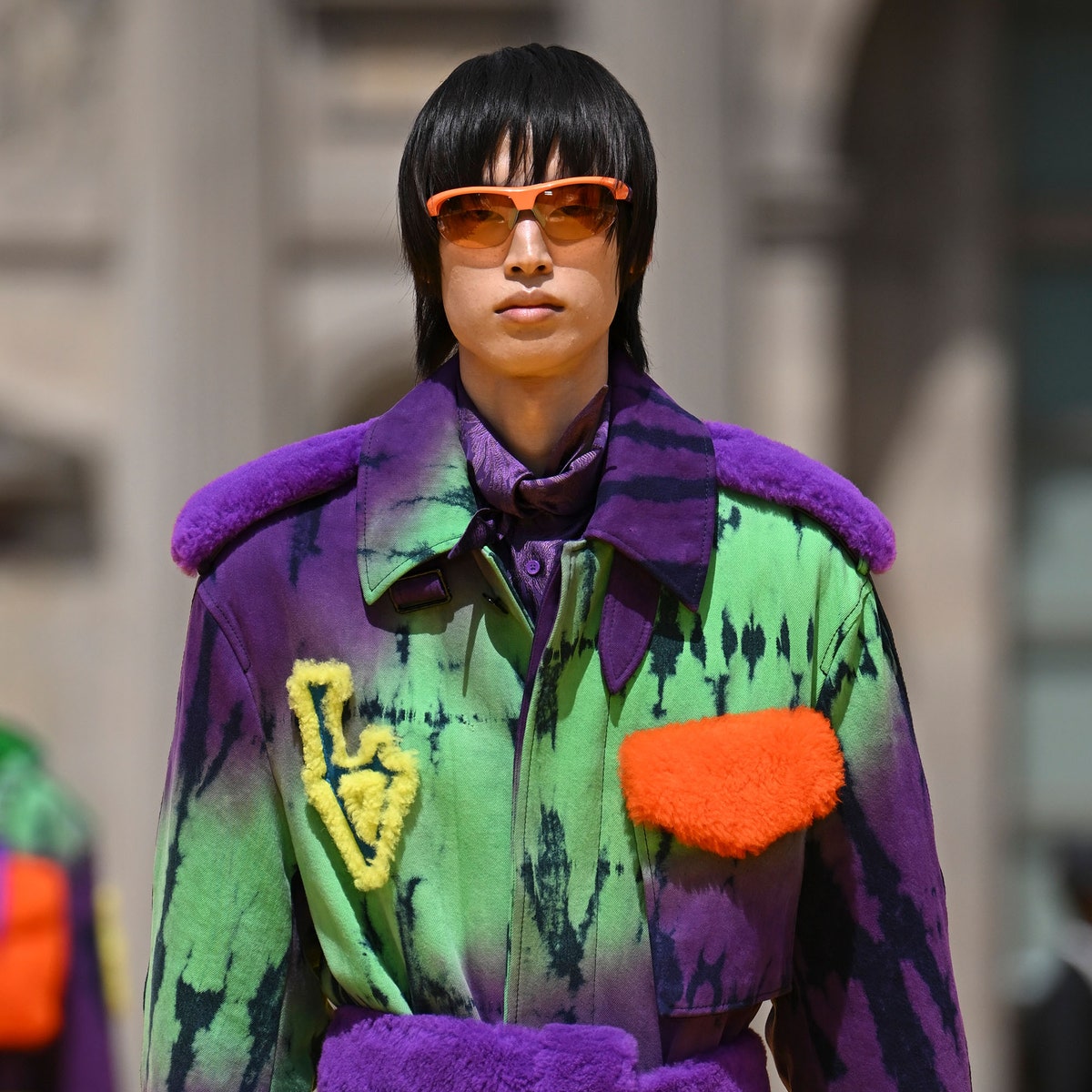
Over the span of 70 years Louise Bourgeois, a sculptor from 1911-1964, created an enormous body of work. She used a wide range of media, including painting, drawing and sculpture. Her early work reflected the life she lived in Paris. She experienced a traumatizing childhood due to her father's philandering. He brought his mistress home with him while Bourgeois still a small child. She was angry about her parents' relationship, and she used her art to express this anger.
Bourgeois used spiders throughout her career as a motif and associated them often with her mother. The artist grew up surrounded by tapestries. She began to associate weaving and maternal care. Bourgeois explored the female protector aspect of arachnids in her famous sculptures and drawings.
Her first arachnid drawings date from 1947. This was the beginning a series of work that led to her famous spider sculptures. These monumental sculptures are a fusion art, technology and architecture. The arachnid combines parts of an insect's body, its head, and its wings into a sculptural piece that is simultaneously sexy as well sinister.
Bourgeois was not afraid of spiders. She saw them instead as creators and weavers that built structures with their bodies. Her spiders were often made from heavy bronze or steel, and their slender legs and delicate bodies belie their heaviness.

Bourgeois continues to use the spider in her sculptures as a symbol for femininity and safety. She created several works featuring the arachnid in the 90s.
The artist once stated that the arachnid represented her mother, who was "deliberate" and "clever", as well as "patient, soothing, reasonable," dainty and subtle, indispensable, neat, and useful.
These traits were similar to her own personality. She once called herself "a wild creature some of time", but her anger was expressed in her sculptures. Her 1981 sculpture Fallen Woman, for instance, has a woman's face attached to what looks like a phallic handle.
Her sculptural work would often return to this theme of violence towards women. She portrayed women she was familiar with as fallen from grace. Her body became a weapon in order to convey her thoughts.
The hand is another recurring motif. Give or Take 2002 presents a two handed limb which opens and closes with the manipulation. This piece is a comment on the tensions between dependence and independence.

Among her early sculptural works, she created the Personages 1946-55. These wooden totems were used to create large installations that depicted people with whom she shared a close relationship. The figures were a reflection on her own identity and her homelessness for her French family.
Maman casts a strong psychological and cognitive shadow is one of her most recent sculptures. She stated that she had not yet been able to let go of her anger over her childhood and the pain that her parents had caused her, but that her sculptures helped her process this painful emotion.
FAQ
Where can I get clothes?
Clothes are all around. There are many places to shop for clothes, including department shops, specialty shops and discount stores.
The clothing stores include department stores like Macy's or Sears as well as Kmart, Kohl's and Wal-Mart. They also have clothing chains like JCPenney, Abercrombie & Fitch.
Are fashion trends something I should be paying attention to?
No, you don’t need to follow fashion trend. Fashion trends can change quickly. So you shouldn't feel obligated to follow them.
But you must still look professional. So you can stand out from the crowd.
Where do you look for fashion trends?
Many people create fashion trends, including stylists, photographers and models, as well as celebrities, bloggers, stylists, bloggers, and model. Trends are constantly changing and can come from anywhere in the world.
Trends change based on what's happening around us. People want clothes that reflect the places they live, their culture and who they are.
People also love to express their personalities through clothing. They want to showcase their individuality and style.
They want to stand out from the crowd.
Statistics
- GIVE 20% OFF, GET 20% OFF. (asos.com)
- According to Water, [41] The annual Academy Awards ceremony is also a venue where fashion designers and their creations are celebrated. (en.wikipedia.org)
- Also, they are known for offering up to 50% off quite often – always wait for the sales with Express! (collegefashion.net)
- Nano influencers have less than 10K followers and have the highest engagement rate with 4%. (thetechfashionista.com)
- Finally, Express carries petite sizes, which, according to the retailer, are meant for women 5'4″ and under. (collegefashion.net)
External Links
How To
How to Style Clothes
How to style clothes? It is important to wear what you enjoy, even if your style doesn't match the current trends. You should never try to copy someone else's style; instead, learn from them and make your own unique style!
Keep it simple when styling yourself. You don't have to search for the perfect fitting clothes if you want your look to be professional. Choose what you like best, regardless of whether you are looking for a shirt or pants, a jacket, skirt, or a top. You can combine them all to make one outfit. As long as you coordinate your pieces well, it doesn't matter how many pieces are in your wardrobe. Mixing colors and patterns is a great way to create different outfits.
Accessories can be used to complete any outfit. Accessories are typically small accessories, such as scarves and hats, watches or necklaces, bracelets or earrings, purses, and rings. They'll help give your outfit some pizzazz and make it pop. Think about which colors will complement and contrast with your clothes when shopping for accessories. Consider a pair of blue jeans with red shoes and a red scarf.